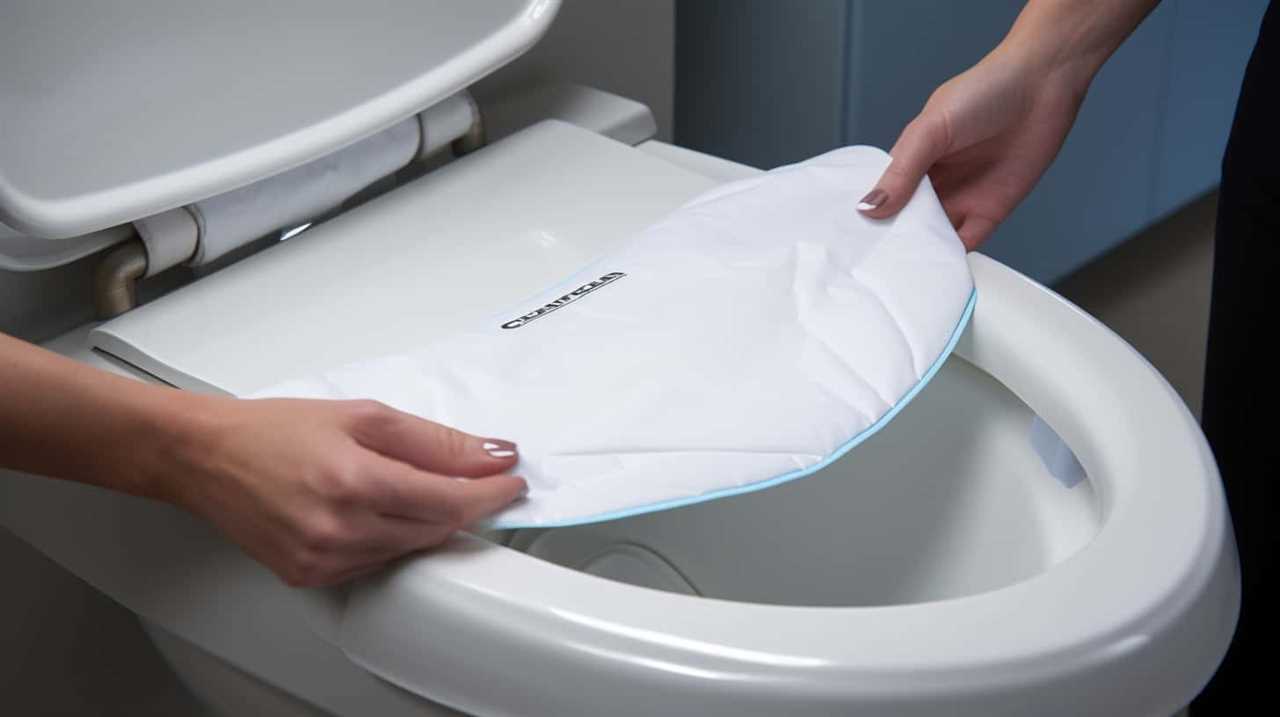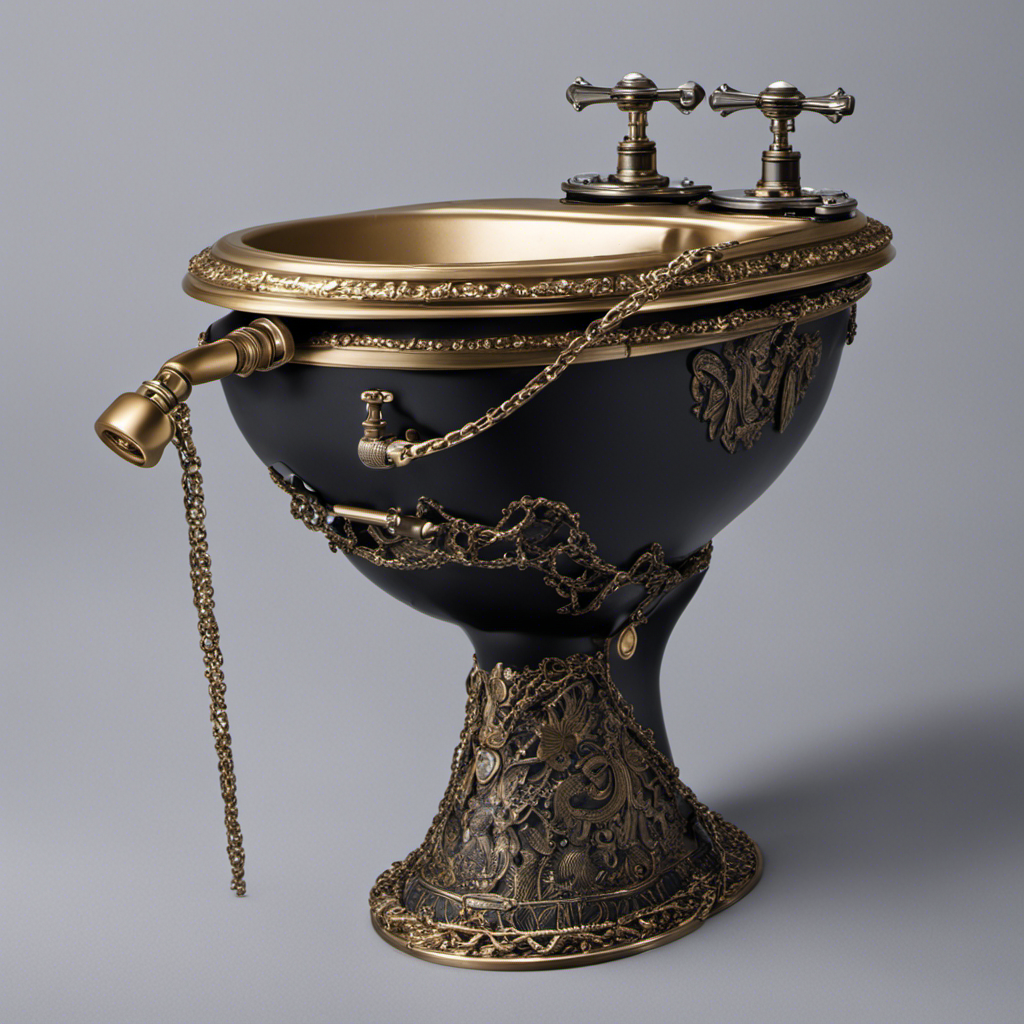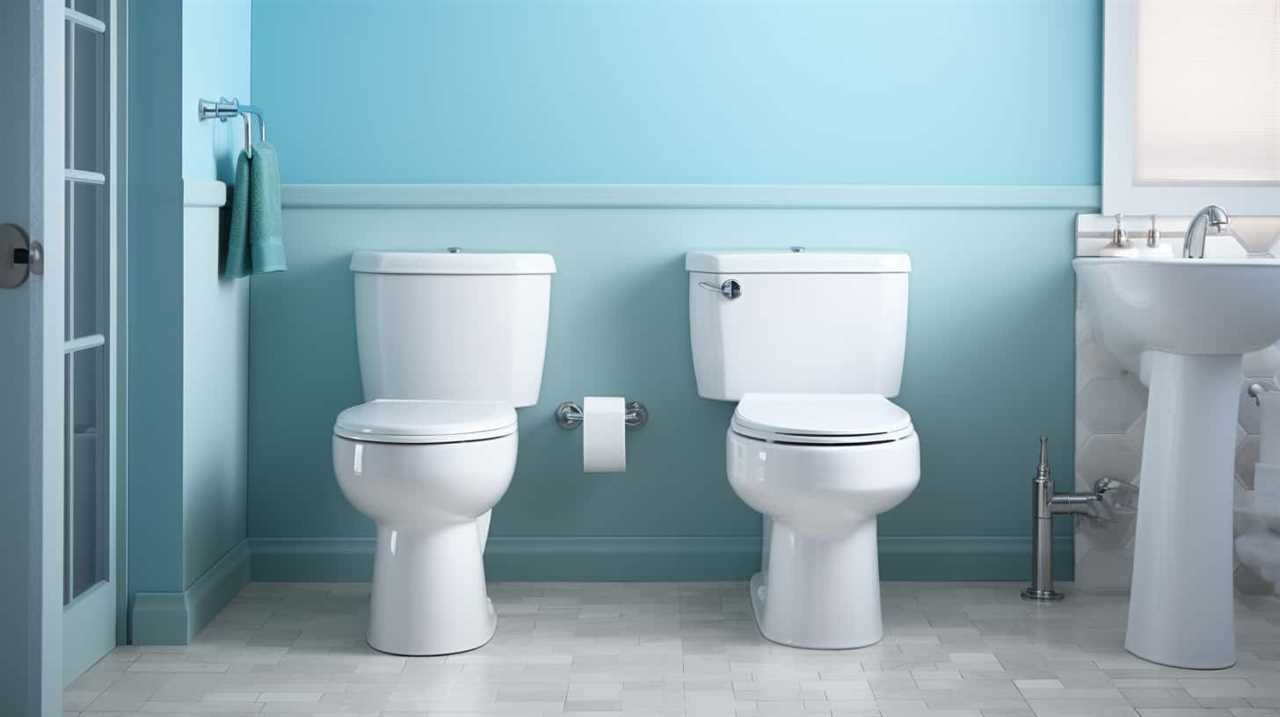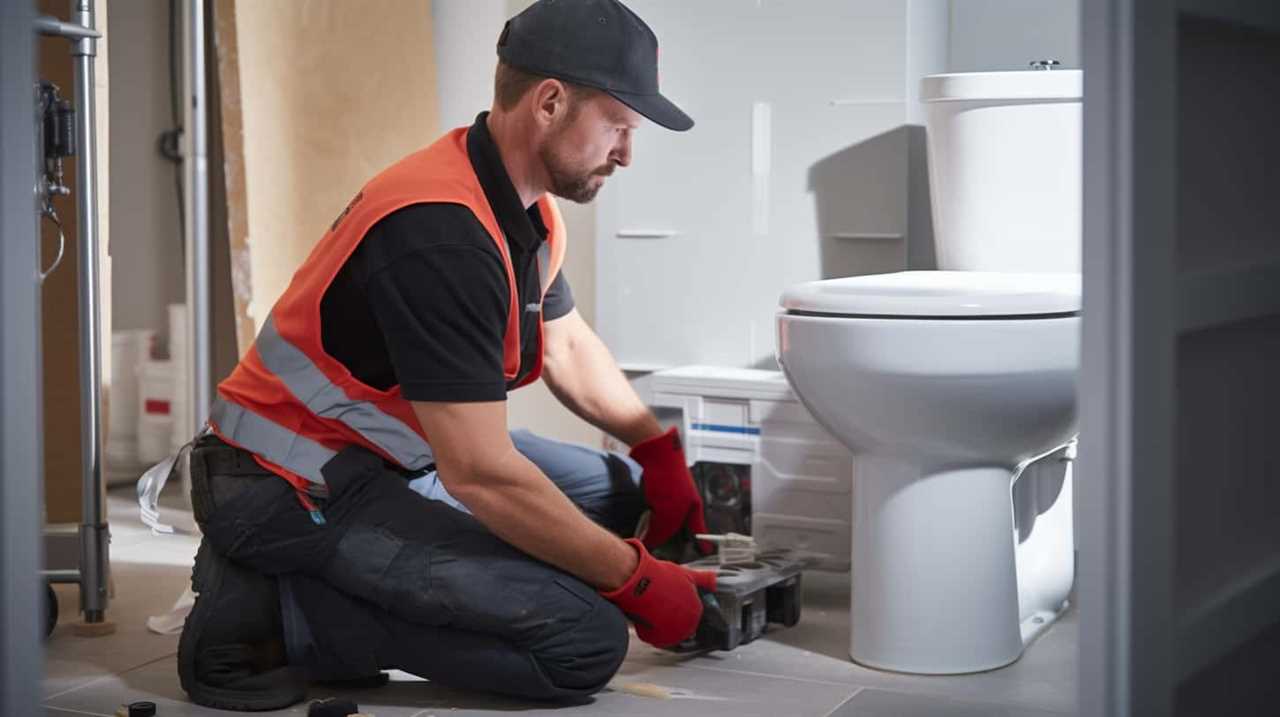Can a toilet wand be refurbished instead of replaced? Refurbishment options, extending the lifespan
At some point, we’ve all encountered the unpleasant task of cleaning a dirty toilet. And that’s where the trusty toilet wand comes in.
But have you ever wondered how often it should be replaced? In this article, we’ll dive into the signs of wear and tear, the average lifespan of a toilet wand, and the factors that affect its replacement frequency.
Armed with this knowledge, you’ll be able to determine when it’s time to bid farewell to your old wand and embrace a sparkling new one.
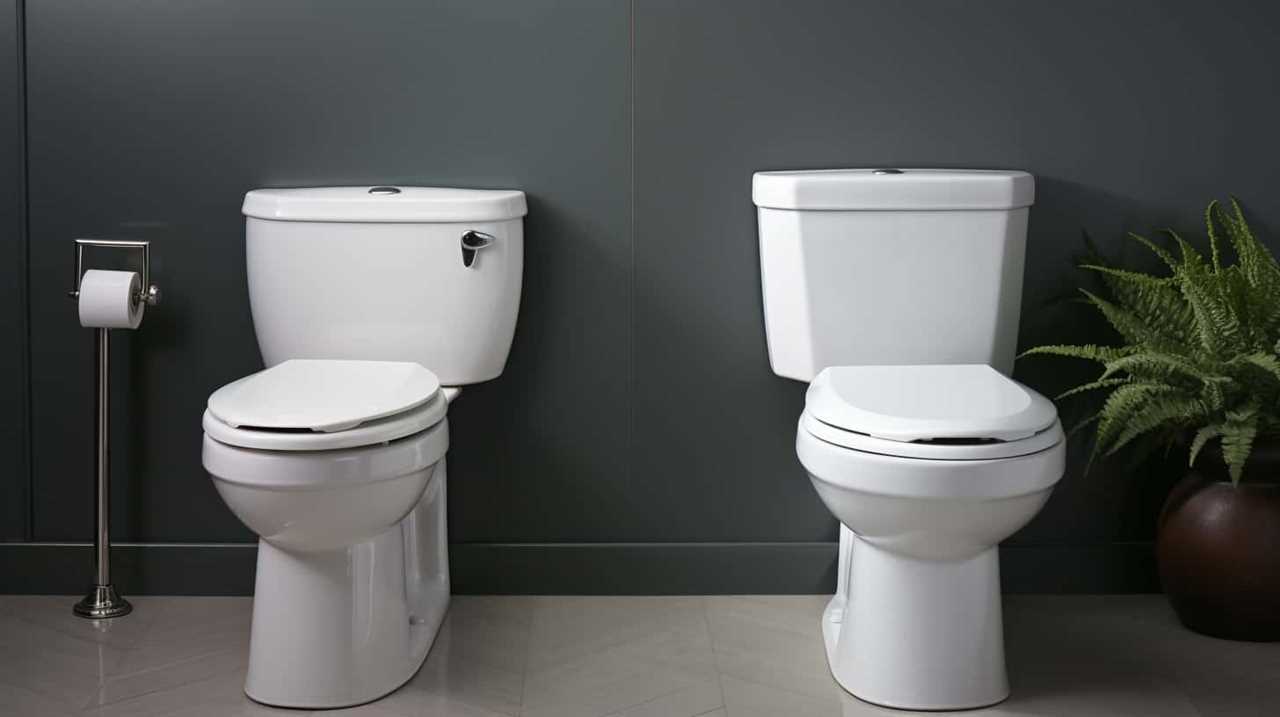
Key Takeaways
- Signs of wear and tear, such as frayed or bent bristles, and a loose or wobbly handle, indicate that it’s time to replace your toilet wand.
- Factors such as inadequate cleaning solution release, decreased cleaning performance, types of cleaning solutions used, signs of damage or deterioration, frequency of use, and water quality can also affect the replacement frequency of a toilet wand.
- The average lifespan of a toilet wand is 6 to 12 months, and it is important to regularly clean, disinfect, and rinse it thoroughly after each use.
- Proper maintenance, including storing the toilet wand in a clean and dry area, regularly inspecting for wear or damage, and sanitizing with mild detergent or bleach, is crucial for prolonging its lifespan.
Signs of Wear and Tear
We can identify signs of wear and tear on our toilet wand by observing its condition and functionality. One common problem to look out for is bristles that are frayed or bent, as this can affect the wand’s ability to effectively clean the toilet bowl.
Additionally, if the handle feels loose or wobbly, it may be a sign of wear and tear and could potentially break while in use. Another indicator of wear is if the wand no longer releases cleaning solution properly, as this can hinder its cleaning performance.
When faced with these issues, it may be time to consider replacing the toilet wand. Alternatively, some people opt for alternative cleaning methods such as disposable toilet brushes or using bleach tablets in the tank.
Average Lifespan of a Toilet Wand
On average, toilet wands should be replaced every six to twelve months. Proper toilet wand maintenance is crucial to ensure its optimal performance and longevity.

Regular cleaning and disinfection are essential to prevent the accumulation of bacteria and germs on the wand’s bristles. It’s recommended to rinse the wand thoroughly after each use and store it in a clean and dry area.
Additionally, it’s best to replace the wand if you notice any signs of wear and tear, such as frayed bristles or a loose handle. Adhering to these best practices will help maintain the effectiveness and hygiene of your toilet wand.
Now, let’s delve into the factors that affect replacement frequency and explore how they can impact the lifespan of your toilet wand.
Factors That Affect Replacement Frequency
To determine the ideal replacement frequency for your toilet wand, several factors should be taken into consideration.
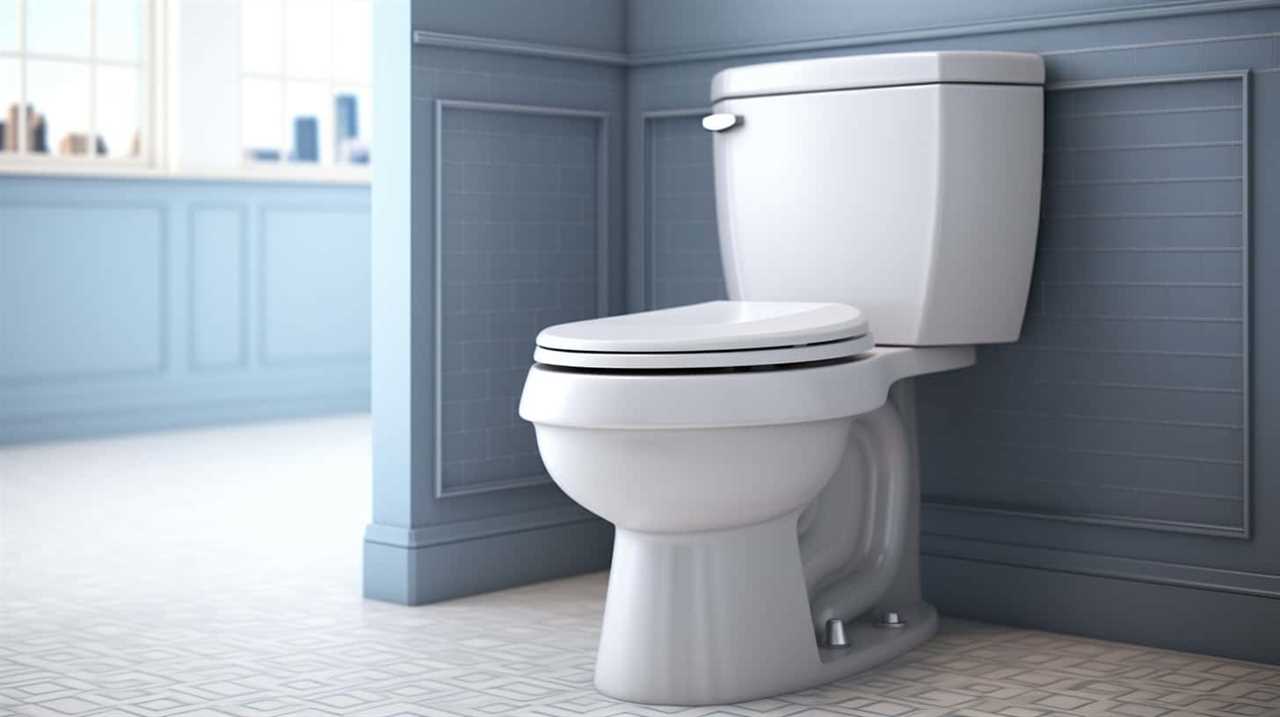
The first factor is the cleaning effectiveness of the wand. If you find that your toilet isn’t being thoroughly cleaned, it may be time to replace the wand more frequently.
The second factor is the types of cleaning solutions used. Harsh chemicals can cause wear and tear on the wand, leading to decreased effectiveness over time. If you frequently use strong cleaning solutions, it’s recommended to replace your wand more often.
Additionally, if you notice any signs of damage or deterioration, such as fraying bristles or a cracked handle, it’s best to replace the wand immediately to maintain optimal cleaning performance.
How to Determine When It’s Time to Replace
When determining when it’s time to replace your toilet wand, it’s important to closely examine its condition and performance.

Regular toilet wand maintenance and proper cleaning techniques can help extend its lifespan, but eventually, wear and tear may require a replacement.
Inspect the bristles of the wand for any signs of fraying or damage. If the bristles are worn down or bent, it may not effectively clean the toilet bowl.
Additionally, check the handle for any cracks or breakages that could affect its usability.
Another indicator that it’s time to replace the toilet wand is if it starts to emit an unpleasant odor, even after thorough cleaning.
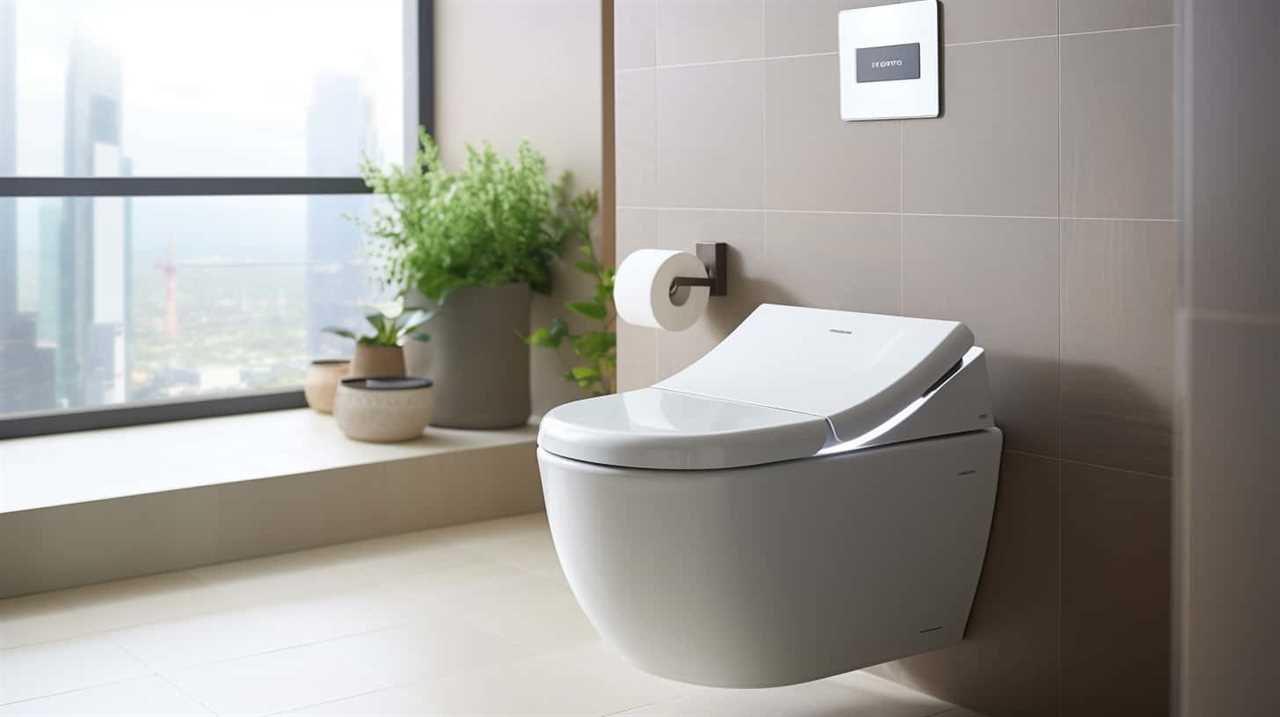
If any of these issues are present, it’s recommended to replace the toilet wand to ensure optimal cleaning performance and hygiene.
Tips for Prolonging the Lifespan
To prolong the lifespan of your toilet wand, we recommend implementing these three simple tips:
- Cleaning techniques: After each use, thoroughly rinse the wand with hot water to remove any residue. Use a mild detergent or bleach solution to sanitize the wand regularly. Avoid using harsh chemicals that can damage the wand’s bristles or handle.
- Storage and maintenance: Store the toilet wand in a clean, dry area to prevent the growth of bacteria or mold. Ensure that the bristles are dry before storing to prevent odor and bacterial growth. Replace the disposable cleaning heads as needed to maintain optimal cleaning performance.
- Regular inspection: Periodically check the wand for any signs of wear or damage. Replace the wand if you notice frayed bristles, cracks in the handle, or any other signs of deterioration. Regularly inspecting and maintaining your toilet wand will help extend its lifespan and ensure effective cleaning.
Frequently Asked Questions
Can I Use a Toilet Wand for Cleaning Purposes Other Than Toilets?
We can use a toilet wand for cleaning purposes other than toilets. Some alternative uses include cleaning the kitchen sink and countertops. However, it’s important to replace the wand regularly to maintain cleanliness and hygiene.
Are There Any Special Cleaning Methods for Prolonging the Lifespan of a Toilet Wand?
To prolong the lifespan of a toilet wand, it is essential to follow proper cleaning methods. Regularly rinsing the wand after each use and storing it in a dry place will help maintain its effectiveness and durability.
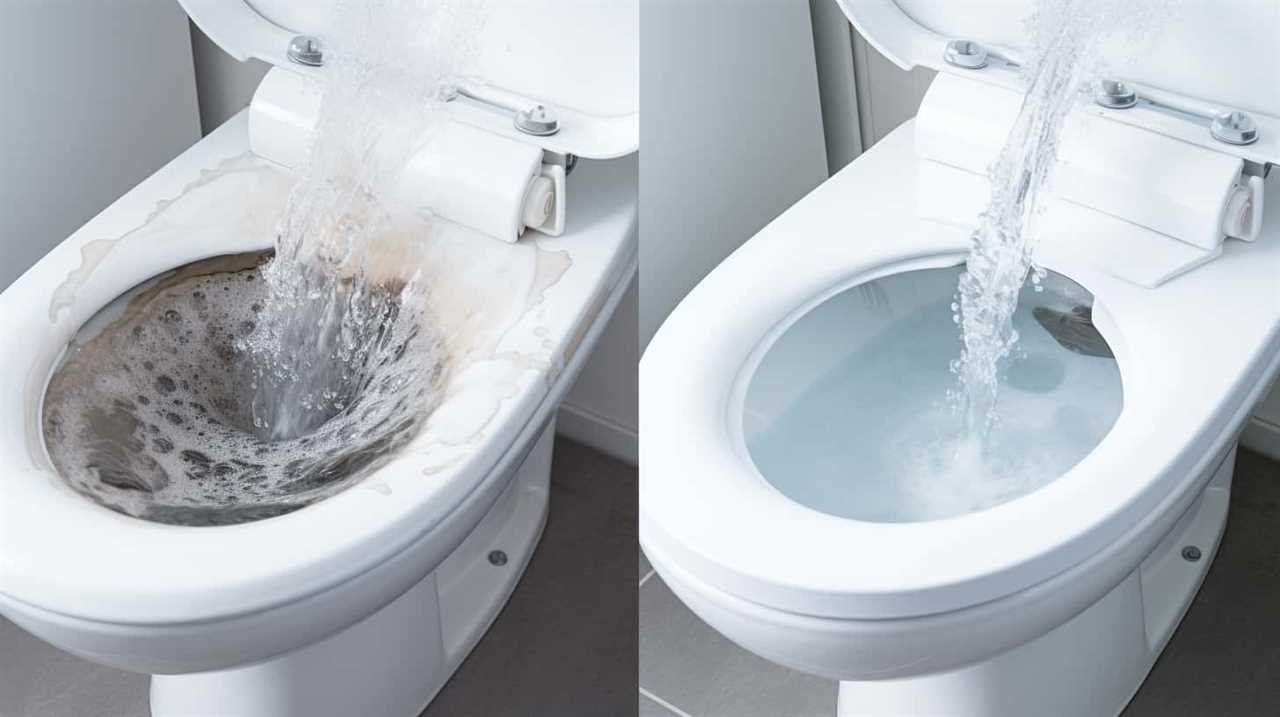
Is It Necessary to Replace the Toilet Wand if It’s Not Showing Any Signs of Wear and Tear?
To maintain cleanliness, should we replace our toilet wand regularly? How can we ensure proper hygiene while using it? It is important to consider replacing the toilet wand even if it doesn’t show signs of wear and tear.
Can a Toilet Wand Be Repaired if It’s Damaged?
Yes, a damaged toilet wand can be repaired instead of replaced. There are cost-effective repair options available, such as refurbishment, that can extend the lifespan of the wand.
Are There Any Eco-Friendly Alternatives to Disposable Toilet Wands?
Are there any eco-friendly alternatives to disposable toilet wands? Yes, there are reusable wands that help reduce waste. Reusable wands not only benefit the environment but also provide cost savings in the long run.
Conclusion
Based on the factors discussed, it’s recommended to replace your toilet wand every 3-6 months to ensure effective cleaning and hygiene.
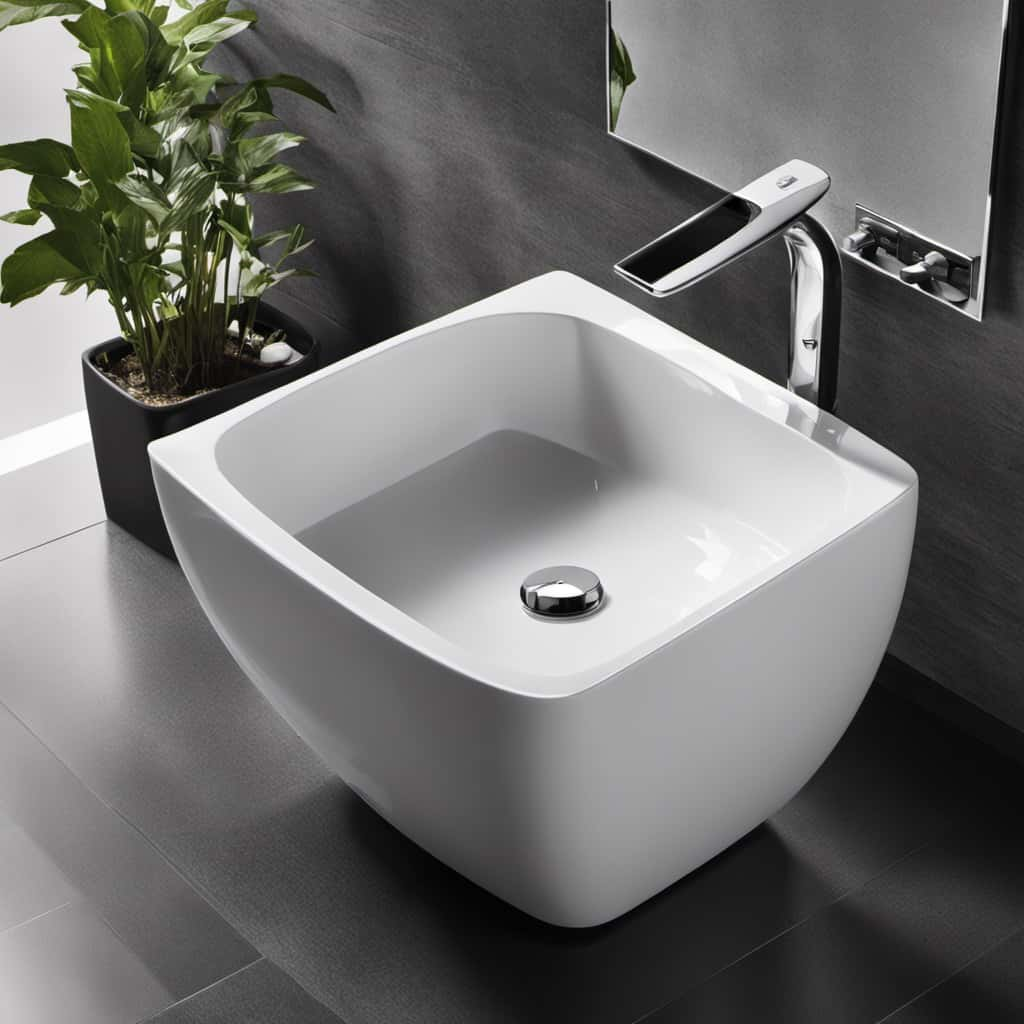
A case study example highlights the importance of regular replacement: Mrs. Smith noticed a lingering odor in her bathroom despite using her toilet wand regularly.
After replacing the wand, the odor disappeared, indicating that the old wand was no longer effective at removing bacteria and odor-causing particles.
Regular replacement guarantees optimal cleanliness and eliminates potential hygiene issues.
